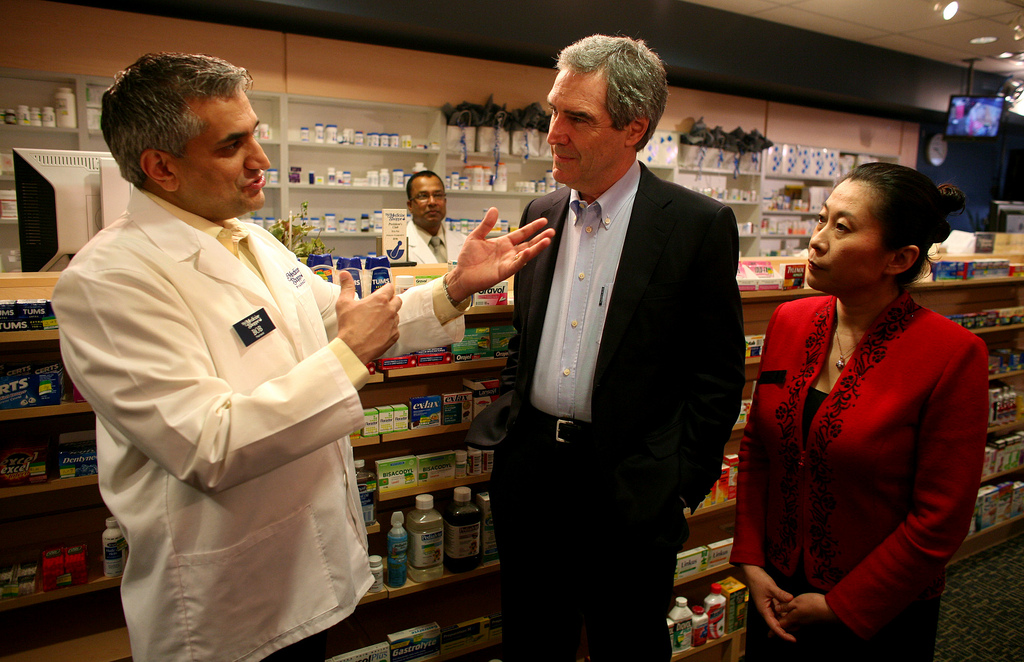
TORONTO (AP) — Canada’s Conservative government said Thursday that it is raising the retirement age to 67 from 65 for pension benefits as the finance minister introduced a federal budget features the biggest cutbacks since the mid-1990s.
Jim Flaherty presented a budget that sees cuts of a total of $5.2 billion in annual federal spending, including scrapping the money-losing penny, in the government’s first budget since the Conservative party won majority rule.
The government said delaying retirement benefits, worth more than $6,000 a year, for two years, will encourage people to stay in the workforce longer and save the government billions of dollars.
«Canadians are living longer and healthier. There are fewer workers to take their place when they retire. Canada has changed. Old Age Security must change with it,» said Flaherty. «In this budget our government is looking ahead not only over the next few years but also over the next generation.»
But the changes won’t kick in right away. The government will start making the adjustments in 2023 and phase them in gradually over six years.
The 500-page document highlights spending cuts on everything from environmental monitoring to military spending to funding for the Canadian Broadcasting Corporation.
The budget also said the Royal Canadian Mint will stop minting pennies this fall. A victim of inflation, the cost of minting a penny has risen to 1.6 cents or $11 million a year. Its purchasing power has fallen to a 20th of its original value, said the budget.
«The penny is a currency without any currency in Canada,» said Flaherty at a news conference.
The Conservatives held a minority government for the past five years until last May when it rose to majority status. By wielding a majority position, the government no longer has to pander to the opposition parties with a socially democratic budget. Prime Minister Stephen Harper has been striving for a budget surplus and this budget, while more modest than analysts expected, enables that mandate for the next three years.
The 2008 global economic crisis forced the Conservatives to pump stimulus money into the economy, along with its fellow G7 counterparts, causing Canada’s deficit to rise.
The budget deficit for the current year ending March 31 is now seen at $24.9 billion, almost $6 billion lower than estimated in November. That gap will narrow to $21.1 billion in 2012/13 and continue shrinking until a surplus of $3.4 billion is reached in 2015/16, according to the government’s estimates.
But Flaherty said now that the economy is recovering, the objective should be to eliminate the deficit.
«We are fiscal conservatives, we are a majority now, the economy is growing — albeit modestly. … We’re looking to the future.»
The minister, who characterized his austerity program as modest compared to the Liberal deficit-slaying budget of the mid-1990s, stressed that the cuts are appropriate for the times to balance the budget by the 2015/16 fiscal year after adjusting for promised spending cuts.
The government’s plan to get ahead of its deficit is built largely on the back of $17.6 billion worth of savings over the next five years that will come from streamlining and reducing the operating and administrative costs of government departments. That plus a broadening tax base as the economy improves will be enough to bridge the gap, Flaherty said.
The budget outlined that 19,200 federal jobs are to be cut — some 4.8 percent of the federal workforce.
Thursday’s federal budget, the seventh since Stephen Harper took office, is also the first with an overtly pro-trade and resource development bent and a dearth of voter-friendly goodies.
Flaherty said Canada «wants to be in the next league. We want to be with the emerging economies. We want to be with the economies of Asia and South America that are growing, and we’re in a position in this country to get there.»
The budget’s business-friendly measures include streamlining environmental assessments to speed major resource projects — think pipelines — into existence; recasting research and development funds; tailoring the labor market, including immigration, to specific job shortages; and a focus on new free-trade deals.
There’s $500 million in government largesse for venture capital, $1.1 billion in directed research and development funding, and $205 million for a one-year extension of a temporary hiring credit for small businesses.
«What the budget is doing is handing off the baton from government to the private sector to carry economic growth,» said Craig Alexander, chief economist at TD Bank.
Employment insurance and immigration changes were also presented, aimed at ensuring there are trained workers available to replace the growing number of workers entering retirement. The budget signaled changes to the temporary foreign workers program, allowing more short-term workers to address looming skills shortages in the resource sector.


